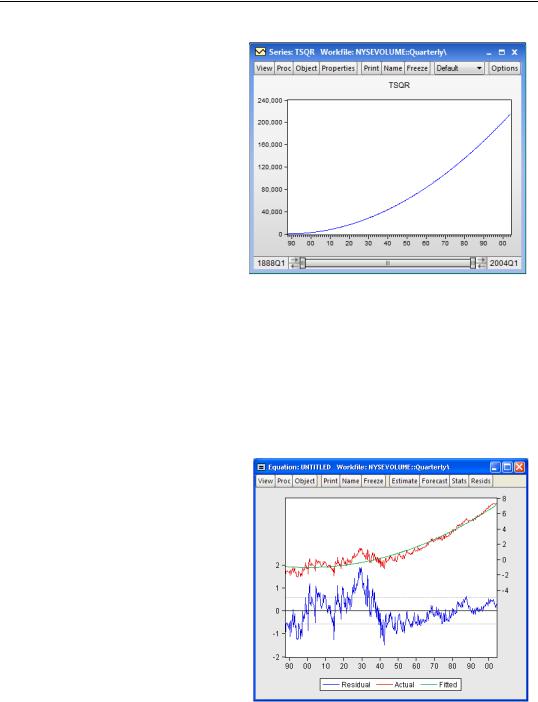

#How to use eviews 10 to run a regression how to
how to plot transition, filtered, and smoothed probabilities.how to estimate a range of different Markov switching models,.In this set of tutorials you are going to learn: The data used in the examples are from Fama and French’s dataset (see also predictability in F-F data factors). how to estimate a smooth transition regression.Theory and several articles suggest including importer. how to estimate a threshold regression, My question is about the application of the gravity model on my panel data (120 countries, 1950-2015) using Fixed Effects in EViews (10).First, we show the estimation procedure before delving into residual diagnostic. how to estimate a regression with breaks, In this video, we show how to run and interpret linear regression in Eviews.how to apply a number of different tests for breaks,.These examples use US stock returns data.Ĭoncerning Chapter 7, you can find two workfiles that replicate the examples 7.1 and 7.3 here: In this set of tutorials you will learn to estimate VECH and BEKK models. The examples in this part use data returns of the S&P price index from Shiller’s dataset and US Treasury yields. In this set of tutorials you will learn how to estimate a number of different conditionally heteroskedastic models including: In Example 4.3 we use S&P price index, dividends and earnings coming from Shiller’s dataset while in Example 4.7 we use US Treasury yields. how to test for cointegration using Johansen’s method.how to test for the presence of unit root,.In these examples we use data on US Treasury Rates. how to plot impulse response functions,.I run my regression and export is as follows. Im not happy with the outcome of my export.

I must add these regression results to my thesis.

#How to use eviews 10 to run a regression series
how to plot two series in a chart and compute their sample statistics, including correlations and cross-correlations,.When you load data into the programme, run regressions or make graphs for example, the results are shown. The data used in Examples 2.8-2.10 are changes in the CPI Index contained in Shiller’s dataset. When opening Eviews, the work area will be empty. The data used in Example 2.3 are simulated from an AR(1) process and from a white noise process. how to choose the appropriate ARMA model using information criteria,.how to plot the correlogram of a series,.how to produce scatter plots to investigate the linearity assumption,Įxample 1.2 uses Fama and French dataset, while Examples 1.6 and 1.7 are based on Shiller’s data.how to run an OLS regression and save the output,.Some workfiles with additional exercises are provided here. You can find all the available tutorials on the Youtube channel of the website. Here you can find a list of examples from the book and the link to the video-tutorial that replicates their results using Eviews.


 0 kommentar(er)
0 kommentar(er)
